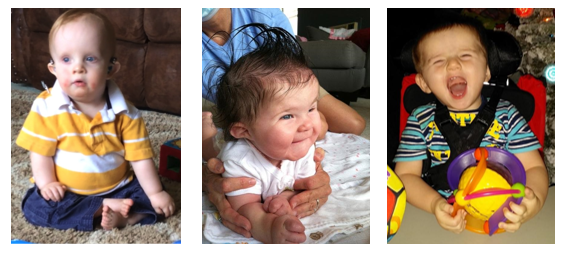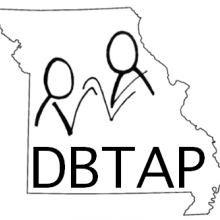Self-Assessment Guide Stories
Increasing the number of infants and toddlers who are identified and referred to their state deaf-blind projects is no small task, but projects that have used the Early Identification and Referral Self-Assessment Guide (SAG) have found it can be done.
The stories featured here highlight successes of state deaf-blind projects that, by using the SAG and an associated action-planning process, were able to establish relationships with systems responsible for early identification of children with disabilities in their states and develop clear processes for identification and referral. As a result, they boosted the number of children on their registries.
We hope these stories will help you think about ways you can focus child-find efforts in your state.

Missouri
- Identified Part C as the system to address (this was aligned with advice from the project’s advisory board)
- Action plan focused on:
- Improved messaging regarding the benefits of referral to their state project
- Standardizing materials and procedures and obtaining feedback on all materials from Part C coordinators
- Giving annual presentations to Part C regional directors

Vermont
- Identified Part C as the system with the most potential for positive impact
- Action plan focused on:
- Building rapport and credibility
- Expanding their project’s value to Part C beyond deaf-blindness
- Refining messaging

Tennessee
- Replicated efforts that were successful in one area of the state to the entire Part C regional system (Tennessee Early Intervention System)
- Action plan focused on:
- Building rapport and credibility with Part C administrators and service providers
- Providing training throughout the state
- Connecting directly with regional administrators
